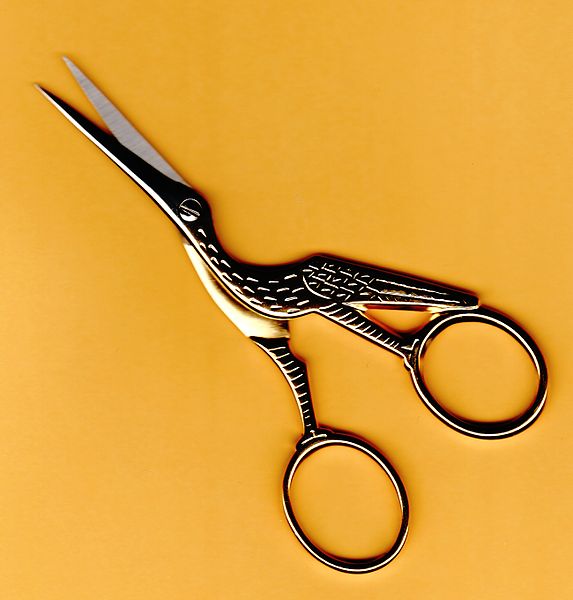Fasces is a bound bundle of wooden rods, often but not always including an axe with its blade emerging. The fasces is an Italian symbol that had its origin in the Etruscan civilization and was passed on to ancient Rome, where it symbolized a Roman king's power to punish his subjects, and later, a magistrate's power and jurisdiction. The axe has its own separate and older origin. Initially associated with the labrys, the double-bitted axe originally from Crete, is one of the oldest symbols of Greek civilization.
Aquila (Legionary eagle), toga figure, and fasces on reverse side of coinage
Earliest depiction of a fasces, discovered as a grave good in Vetulonia in 1897
Denarius minted by Marcus Junius Brutus depicting a personification of Libertas on left and Lucius Junius Brutus with lictors carrying bladed fasces on right
Rome, cloister of San Paolo, outside wall: marble panel depicting six fasces
A plurale tantum is a noun that appears only in the plural form and does not have a singular variant for referring to a single object. In a less strict usage of the term, it can also refer to nouns whose singular form is rarely used.
Even a single item is called scissors (the singular form scissor is sometimes used in India).
'Putting on pants' is correct, 'putting on pant' sounds odd.






